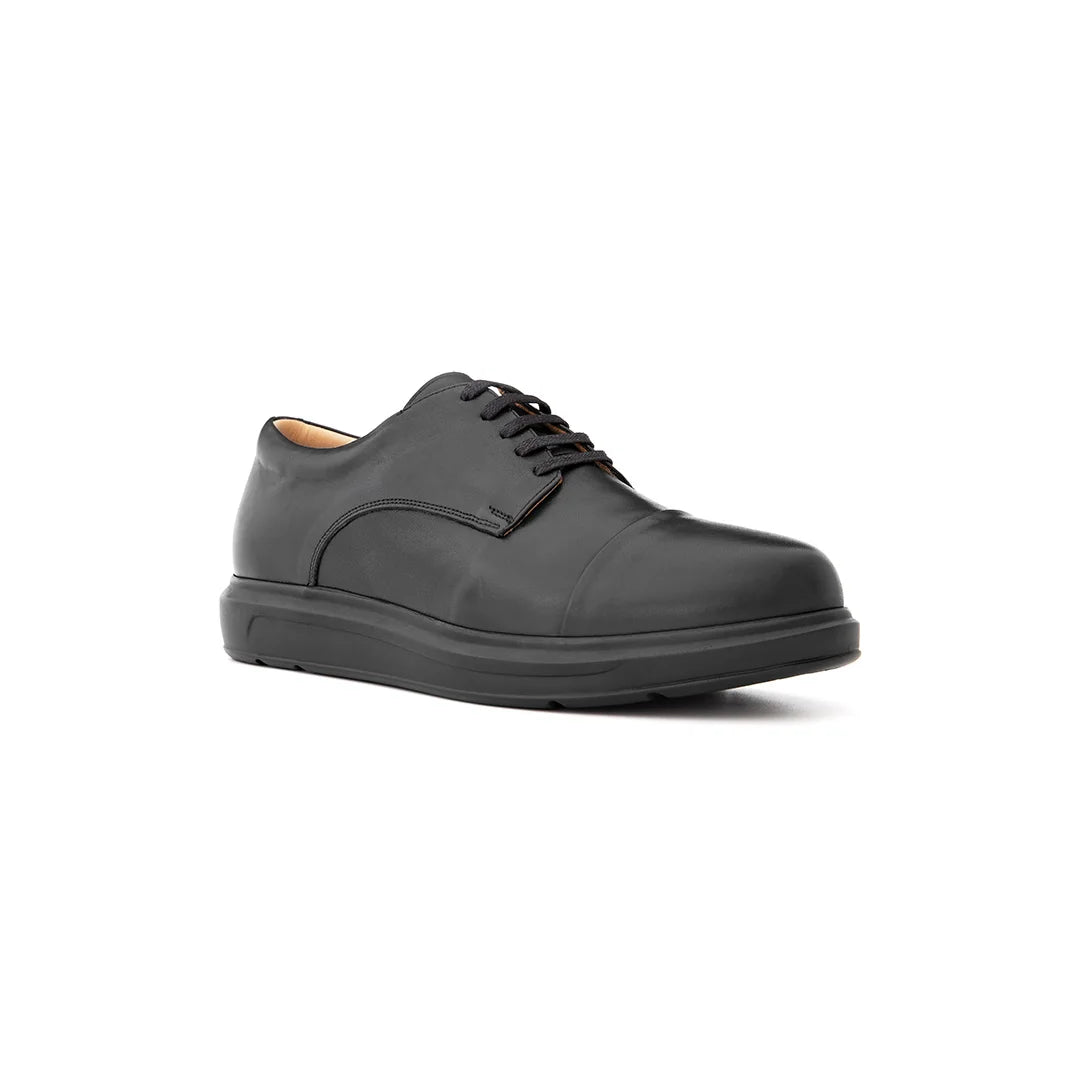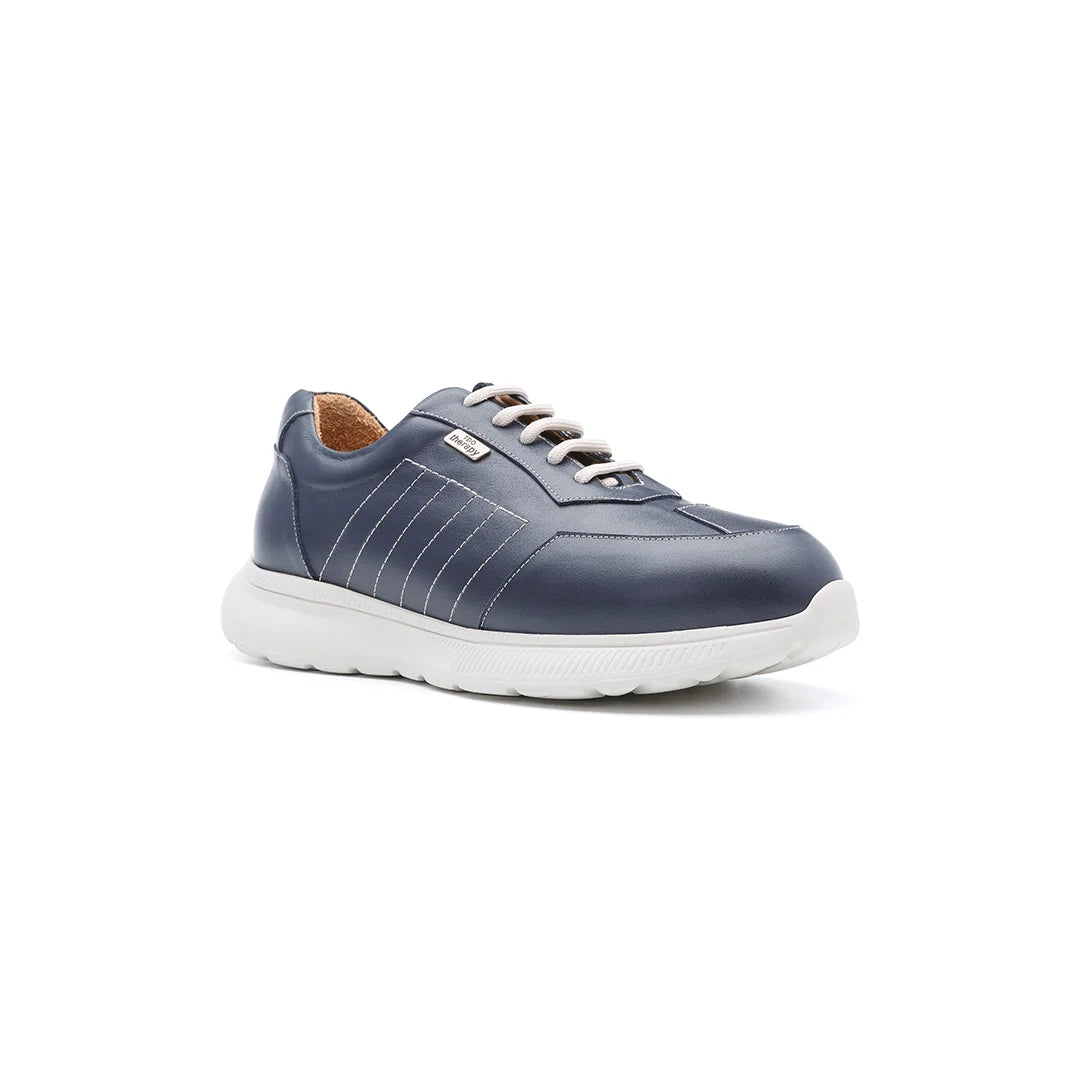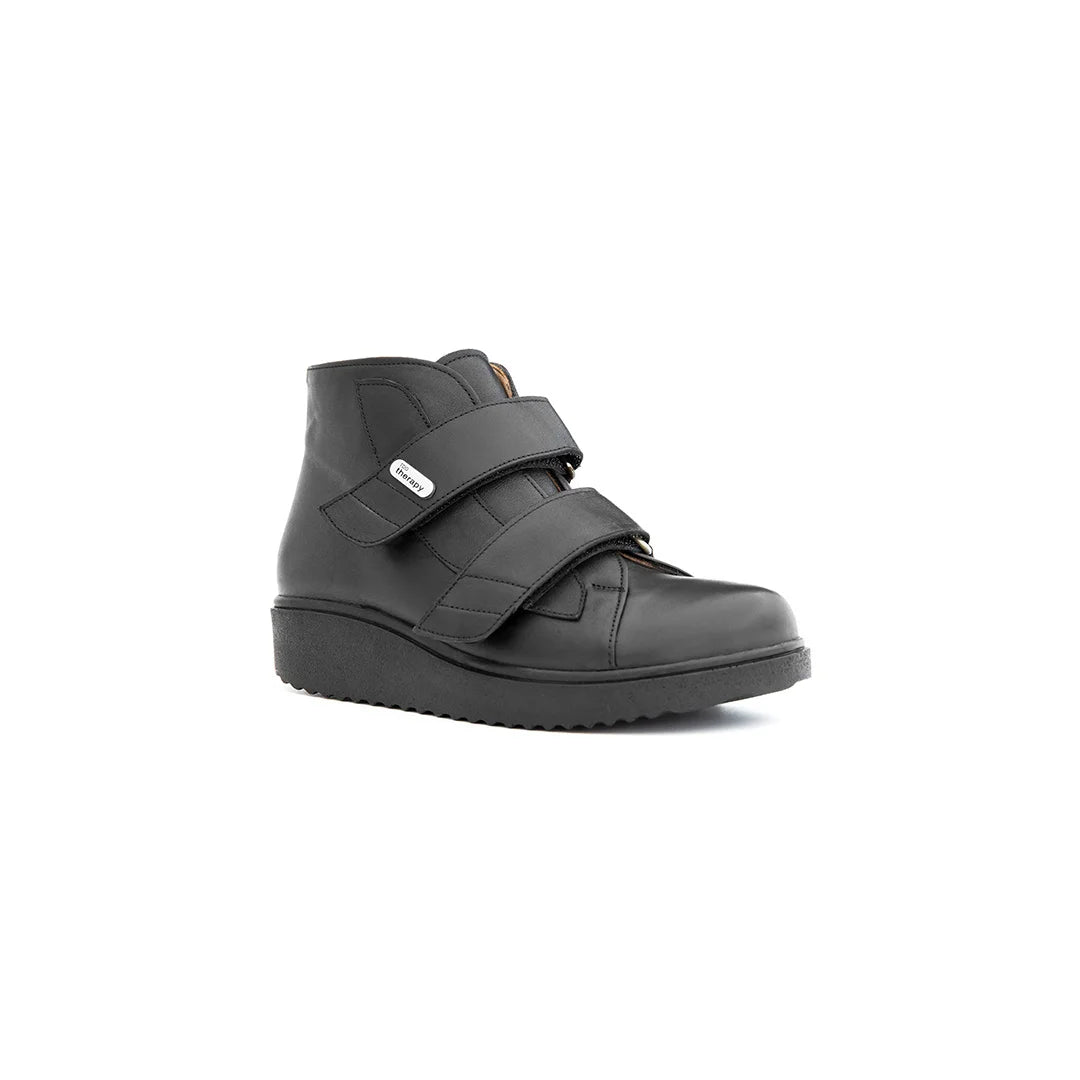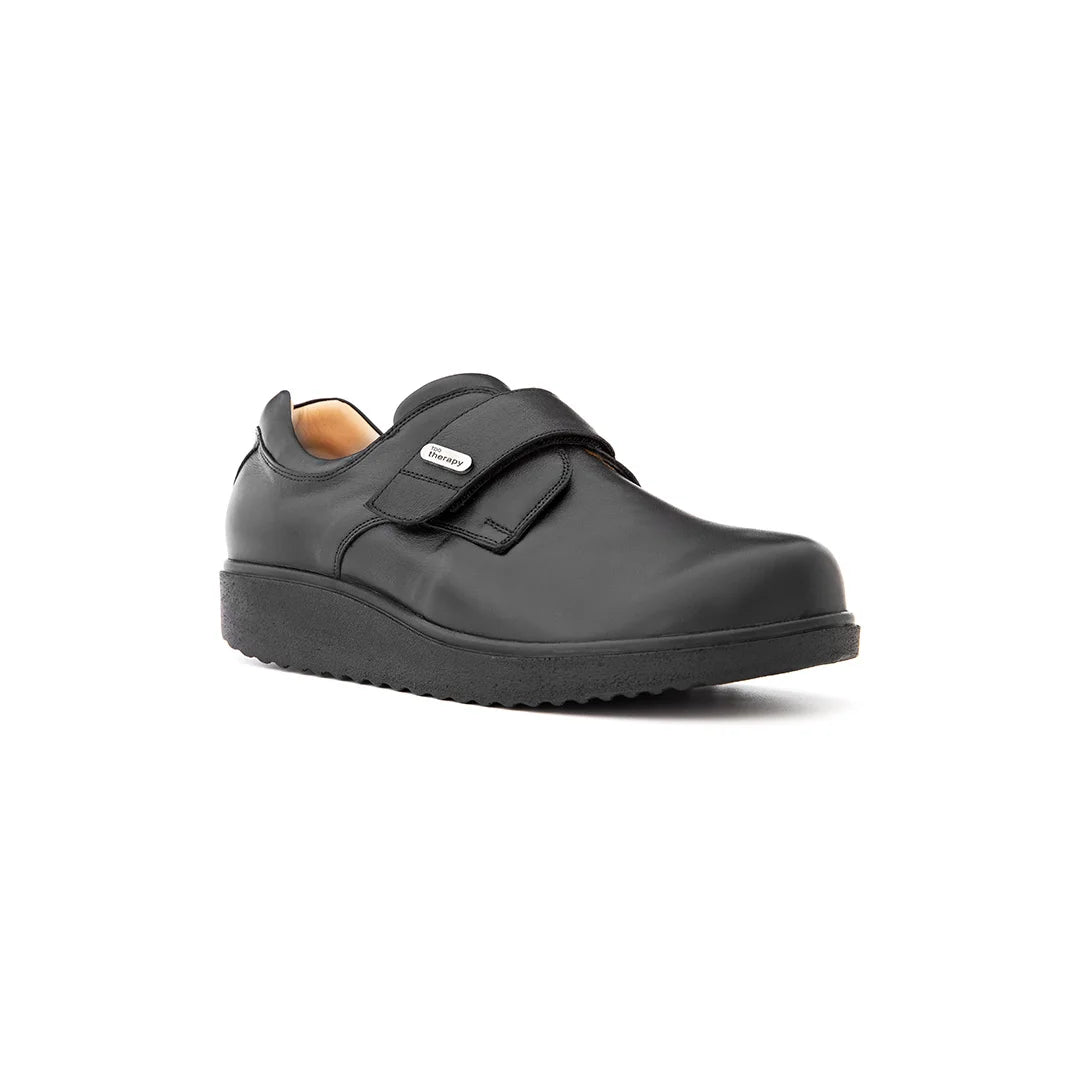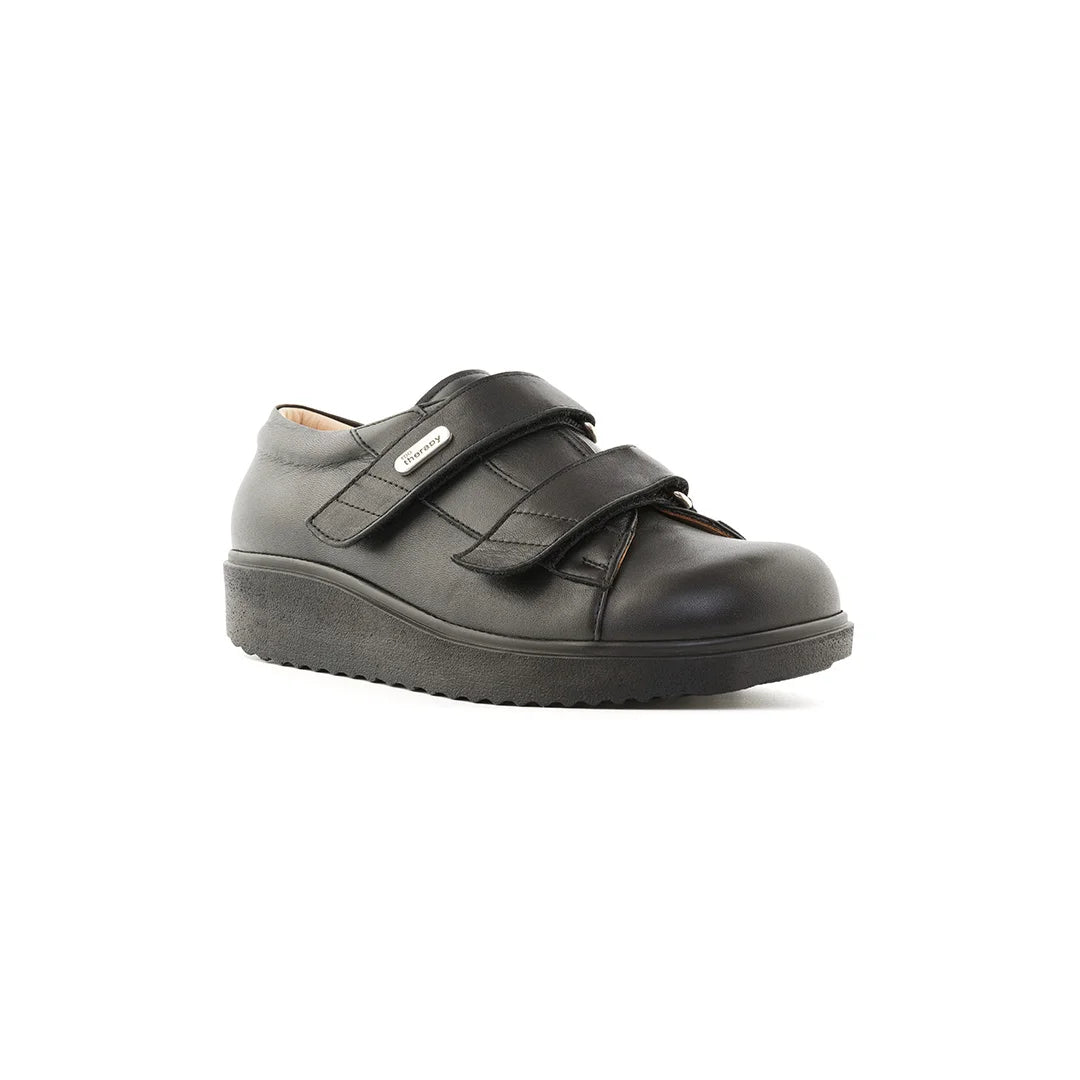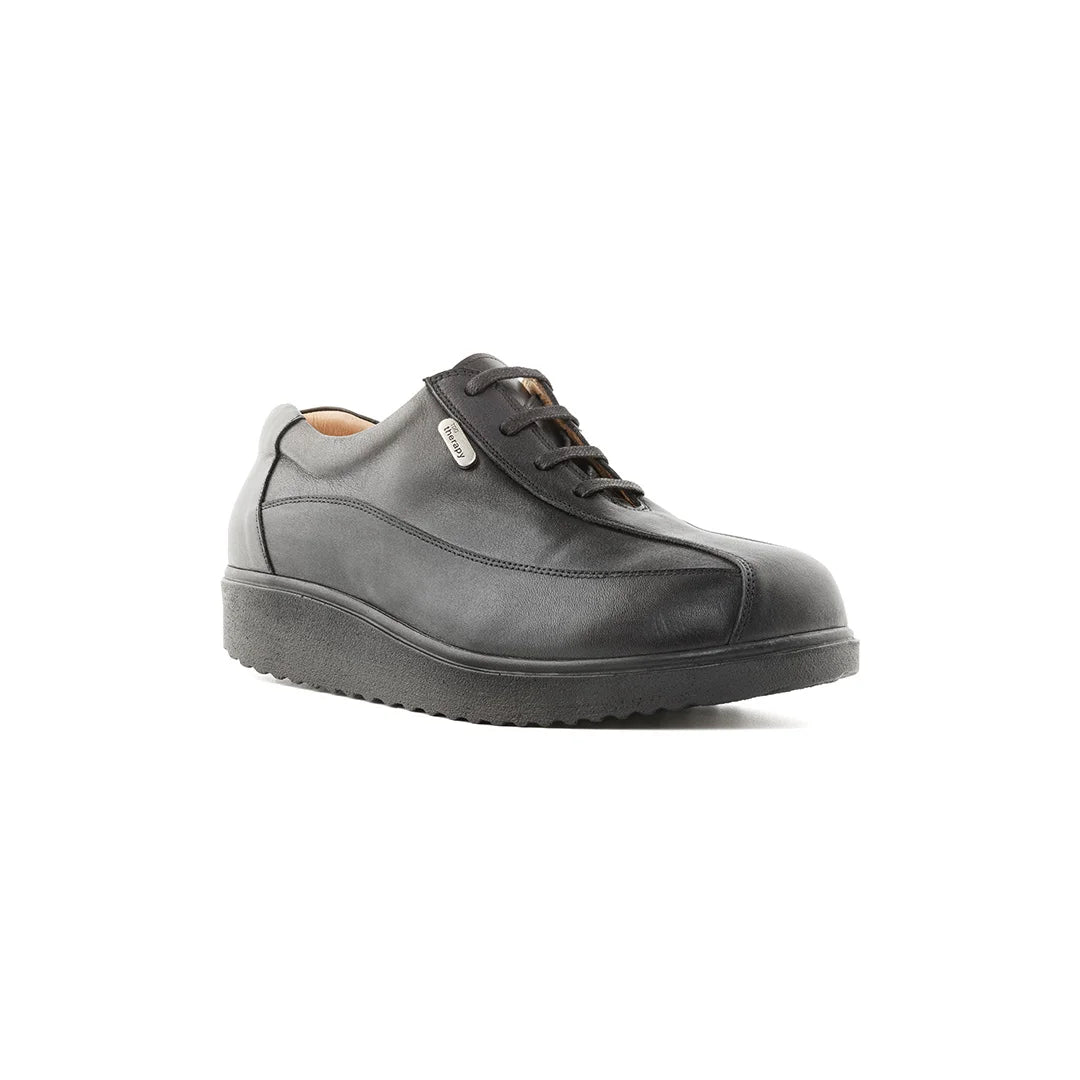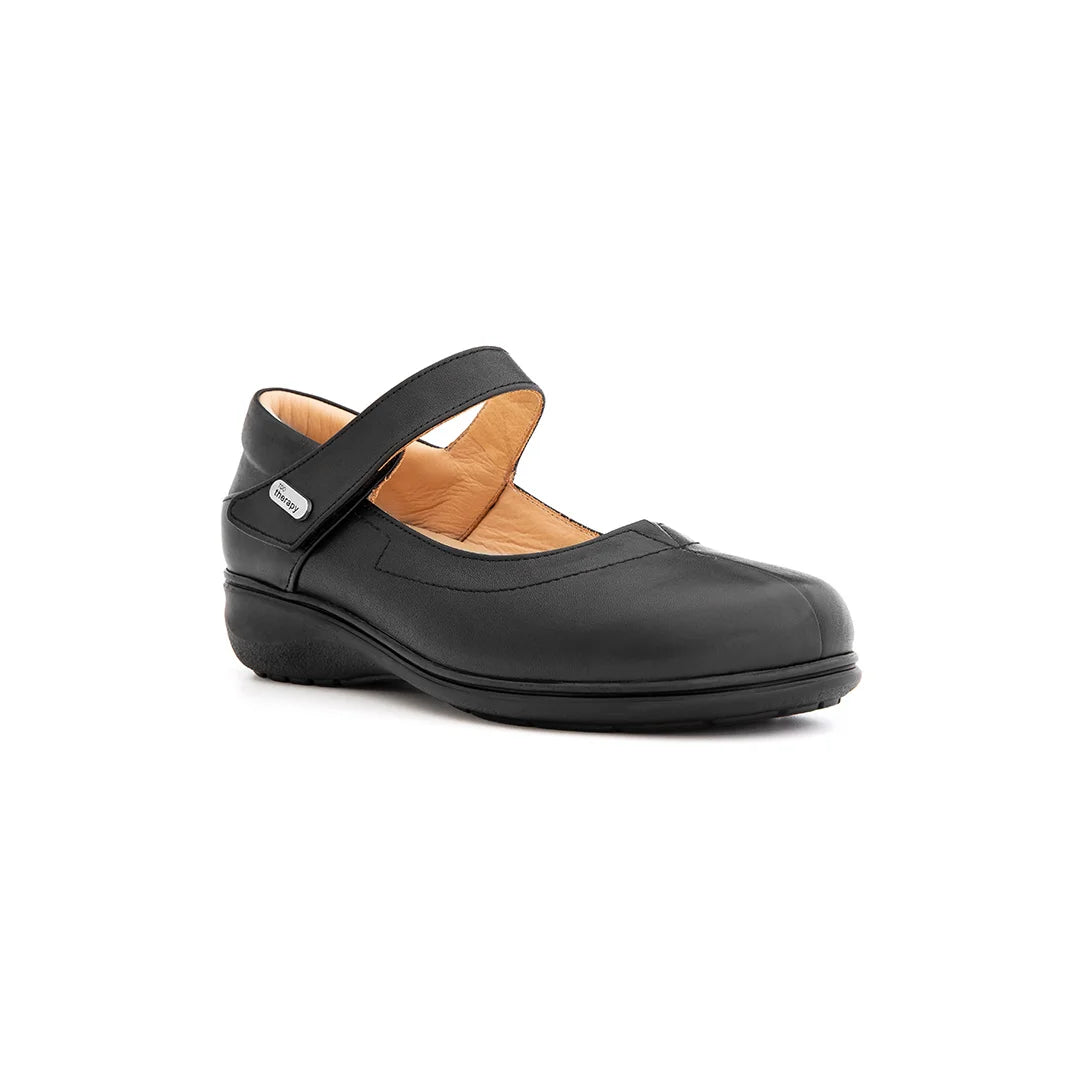No two feet are the same — and when it comes to finding comfortable shoes, that really matters. Whether you’ve got flat feet, high arches, bunions, or one foot slightly longer than the other, finding the right footwear can be frustrating. That’s why orthopaedic shoes that adapt to your foot type make such a huge difference. TDO Therapy creates footwear that’s not just supportive but made to fit the shape, size, and needs of real people’s feet — not just some standard model.
Key Takeaways
-
Everyone’s feet are different, and your shoes should reflect that.
-
Foot shape affects comfort, posture, and overall health.
-
Orthopaedic shoes like those from TDO Therapy come in various widths, depths, and even custom build-up options.
-
TDO Therapy footwear adapts to flat feet, high arches, bunions, leg length discrepancies, and more.
-
Custom-fit and medically designed shoes improve mobility, reduce pain, and help prevent future issues.
Understanding Different Foot Types
Why Foot Type Matters
It’s easy to assume that all feet are more or less the same. But actually, your foot structure plays a big role in how you walk, how your shoes feel, and even how your knees and back function. Here are just a few common variations:
-
Flat feet: The arches collapse or are very low, which can lead to overpronation and joint stress.
-
High arches: Less surface area to absorb impact, often leading to pressure on the ball and heel of the foot.
-
Wide feet or bunions: Standard shoes may rub or cause pain at pressure points.
-
Leg length discrepancies: One leg slightly shorter can cause misalignment and discomfort.
Trying to fit these unique feet into off-the-shelf shoes usually doesn’t end well. That’s where orthopaedic options like TDO Therapy come in.
How Foot Shape Affects Shoe Choice
Your feet are your foundation — and if the foundation is off, the whole structure suffers. Ill-fitting shoes can cause:
-
Pain in the foot, ankle, knee, and lower back
-
Skin problems like blisters or corns
-
Poor posture and balance
-
Worsening of existing foot conditions
That’s why it’s essential to wear shoes made with your specific foot shape in mind. A one-size-fits-all approach simply doesn’t work when it comes to foot health.
Key Features of TDO Therapy Shoes for Different Foot Types
Finding shoes that accommodate your foot shape can be life-changing — and that’s exactly what TDO Therapy focuses on. Let’s look at the features that make their shoes ideal for a wide range of needs.
Multiple Width and Depth Options
Whether you need standard, wide, or extra-deep shoes, TDO has you covered. Their orthopaedic lasts are developed specifically for medical needs, offering generous toe boxes and room around the midfoot and heel. This is perfect for:
-
Swollen feet
-
Bunions
-
Hammertoes
-
Diabetic foot conditions
One standout example is the 606-W for standard wide fitting and the 606.20-UNI, which offers additional width and ankle room.
Specialist Support for Flat or High Arches
TDO shoes provide the structure that flat feet need and the cushioning that high arches lack. This includes:
-
Reinforced arch support to reduce overpronation
-
Shock-absorbing soles to ease heel and forefoot impact
-
A stable heel counter to guide proper motion with every step
Adaptations for Leg Length Discrepancies
This is a game-changer — TDO Therapy offers custom build-ups for patients with leg length discrepancies. Whether it’s 5 mm or 20 mm, the adjustment is done by hand on-site, ensuring:
-
Even hips and better balance
-
Reduced strain on knees and lower back
-
A more natural and pain-free walking pattern
You won’t find this level of customisation on the high street.
Choosing the Right Orthopaedic Shoes
For Men
-
Prioritise width and depth, especially if you have a broad forefoot.
-
Look for a shoe that offers firm arch support and a cushioned rocker sole.
-
Adjustable designs help accommodate swelling or foot shape changes throughout the day.
TDO offers men’s styles that are functional, understated, and easy to pair with daily outfits — whether for work or casual wear.
For Women
-
Choose a shoe with a rounded toe box and low heel drop for better posture.
-
Look for extra cushioning if you have high arches or ball-of-foot pain.
-
Women’s models like Vera or 606-W combine support with softness and style.
And remember, with adjustable straps and soft leather linings, you’re not sacrificing comfort for looks.
Benefits of Wearing Adaptable Orthopaedic Footwear
Personalised Comfort, All Day
Shoes that adapt to your foot shape reduce pressure points, friction, and fatigue. You’ll notice the difference whether you’re walking, standing, or sitting for long periods.
Better Posture and Body Alignment
Custom support under your feet means less stress on your knees, hips, and spine. The knock-on effect of properly fitted footwear can include fewer aches in the joints and improved posture.
Prevention of Long-Term Complications
The wrong footwear today could lead to painful issues tomorrow. Shoes like TDO Therapy’s are designed not just for today’s comfort but for long-term foot health, especially for conditions like arthritis, diabetes, or structural misalignments.
Caring for Your Orthopaedic Shoes
Cleaning and Maintenance
-
Wipe with a damp cloth regularly.
-
Let your shoes dry naturally — avoid direct heat.
-
Use a shoe tree to help keep their shape.
Pro Tips for Longevity
-
Rotate between at least two pairs if you wear them daily.
-
Use a shoehorn to protect the heel structure.
-
Store in a dry, cool place away from sunlight.
With proper care, TDO Therapy shoes maintain their support features and last longer than standard footwear.
When to Consider a New Pair
No matter how well you care for your shoes, all good things come to an end. Replace them if:
-
The insole cushioning has flattened
-
You notice uneven wear on the sole
-
They no longer feel as supportive
-
Your foot condition changes — such as a new diagnosis or change in weight
Orthopaedic shoes are a daily tool — and you need them to work properly.
Addressing Specific Conditions with TDO Therapy Shoes
For Bunions or Hammertoes
TDO’s wide toe boxes and soft uppers help reduce irritation and pressure points.
For Flat Feet or Fallen Arches
The built-in support and rocker sole reduce arch fatigue and promote a healthy gait.
For Post-Surgery or Orthotic Use
Most models are deep enough to accommodate insoles, orthotics, or swelling post-op.
For Custom Needs
From build-ups for leg length differences to tailored insole modifications, TDO provides solutions where mass-produced shoes fall short.
Conclusion
When it comes to your feet, one size doesn’t fit all — and it shouldn’t have to. TDO Therapy offers orthopaedic footwear designed with real foot shapes and medical needs in mind. Whether you’re dealing with flat feet, bunions, leg length differences, or just looking for everyday comfort, their handcrafted shoes provide the support, fit, and relief you’ve been searching for. Your feet work hard every day — give them the comfort they deserve.
Frequently Asked Questions
What makes TDO Therapy shoes different from regular shoes?
TDO Therapy shoes are medically designed with adjustable features, multiple widths, rocker soles, and custom options for build-ups and fitting — all handcrafted to meet real foot needs.
How do I know what foot type I have?
You can get assessed by a podiatrist or orthotist. Alternatively, look at your wear patterns or consult with TDO stockists who are trained to help find the right fit.
Can I get one shoe built up for a shorter leg?
Yes, TDO Therapy offers in-house custom build-ups to accommodate leg length discrepancies — a rare but very helpful option.
Do TDO shoes work with orthotics?
Absolutely. Most models have extra depth and removable insoles to fit orthotic inserts.
Where can I try TDO Therapy shoes?
You can visit approved stockists or arrange an appointment with TDO to try different models and find your best fit.



